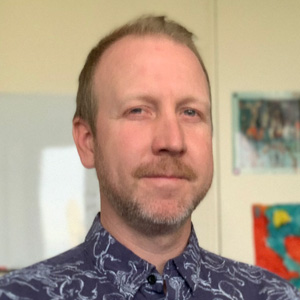Reinman Lab team studies Ecosystem/Environmental Ecology with a focus on soil-plant-atmosphere interactions and terrestrial biogeochemistry across a continuum of human-modified ecosystems. Because ecosystems, the atmosphere, climate, and human activities are inextricably linked, we use a systems ecology approach to examine controls on the terrestrial carbon cycle and feedbacks between ecosystems and their environment in the context of three interconnected environmental change themes: Climate Change, Human-Modified Landscapes, and Invasive Species.
A love for the outdoors and the natural world coupled with a drive to solve environmental problems compelled me to become an ecologist. After working as a conservation biologist in the non-profit sector for a few years I dove into a career in academia.
Currently, we have several interdisciplinary collaborative research projects in human-modified landscapes, cities, and forest ecosystems across the northeastern U.S. Check out our ‘Research’ page to learn more about what we are doing!










